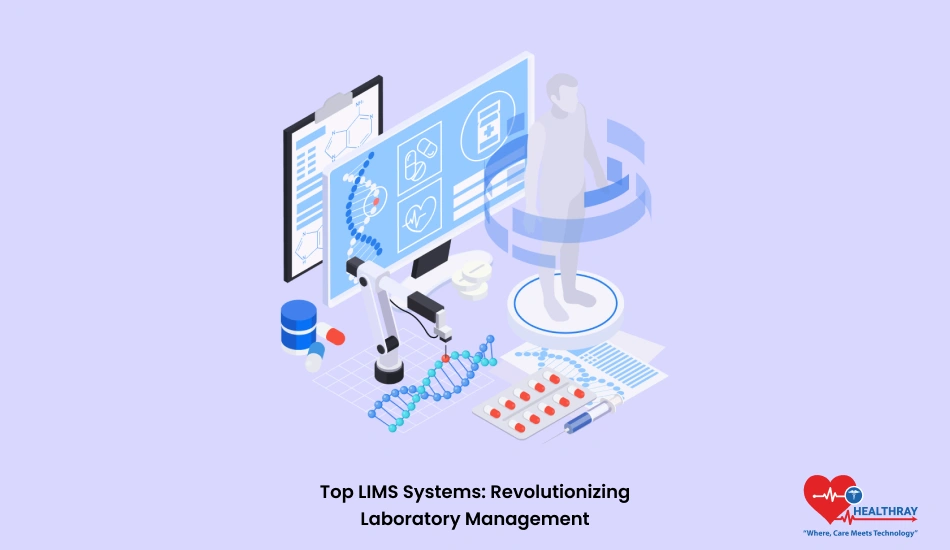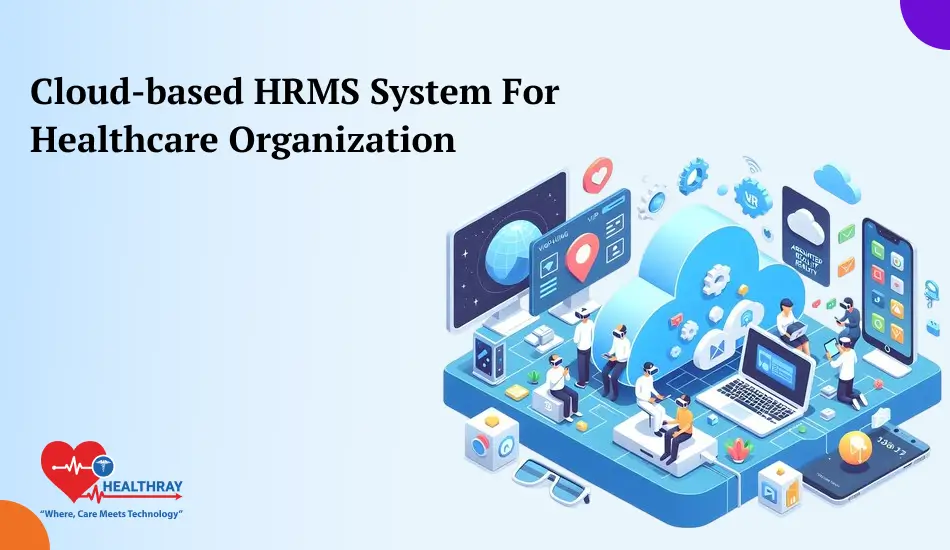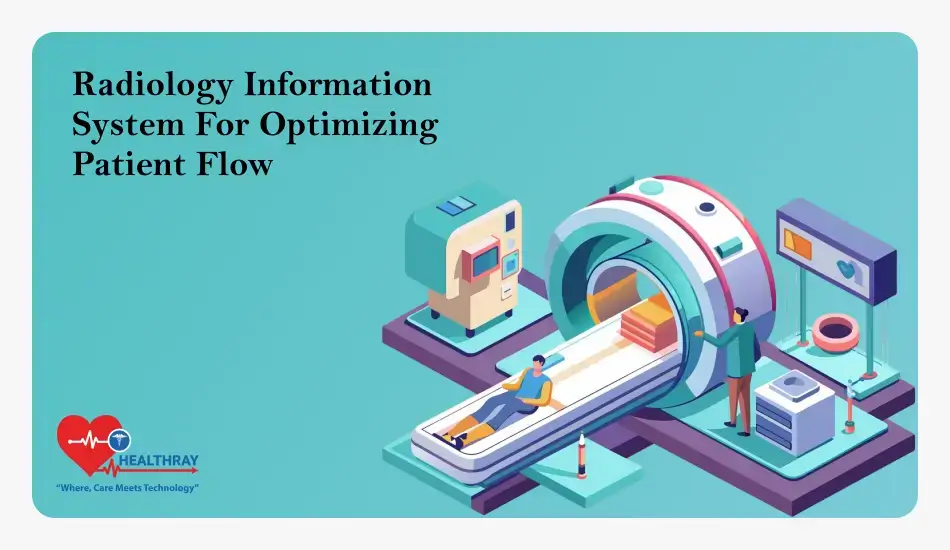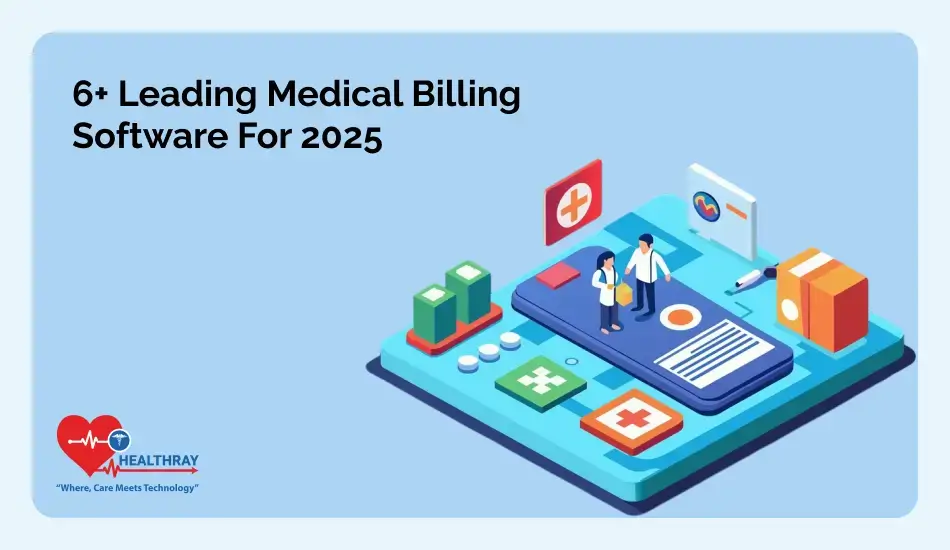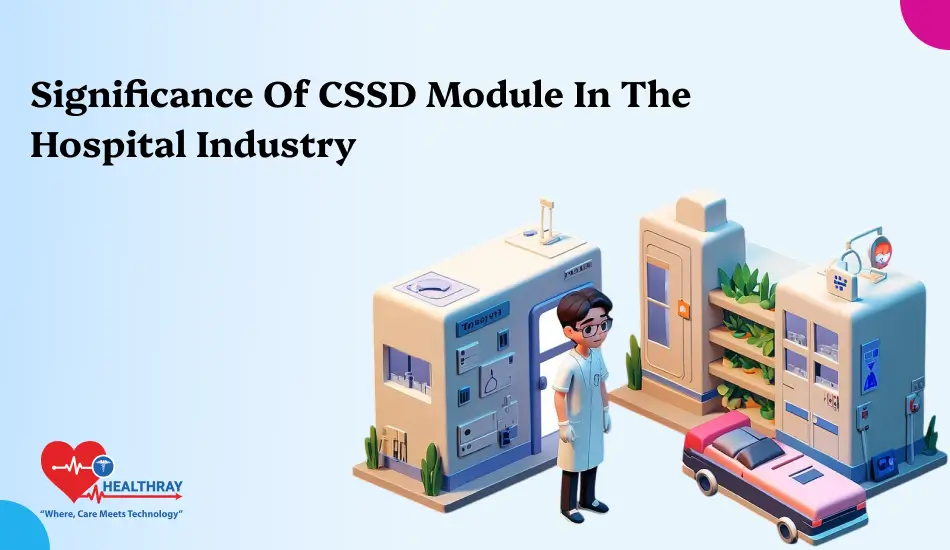Laboratories today deal with an enormous volume of data, from tracking samples to generating reports. Managing this data manually or with outdated systems not only slows down operations but also increases the risk of errors. That’s where Laboratory Information Management Systems (LIMS) step in. These powerful tools are designed to simplify lab workflows, enhance data accuracy, and ensure regulatory compliance.
For lab managers, IT professionals, and decision-makers in healthcare, pharmaceuticals, or corporate sectors, understanding how LIMS can revolutionize their operations is crucial. This post will dive into the top LIMS systems available and help you find the best fit for your lab’s needs. We’ll also explore the key features, benefits, and tips for smooth implementation.
Why Modern Labs Need a LIMS
Laboratories are at the heart of critical processes in healthcare, pharmaceuticals, research, and diagnostics. With the increasing complexity of operations and the demand for faster, more accurate results, traditional methods of managing lab data are no longer sustainable. This is where a LIMS becomes indispensable.
Challenges in Modern Labs
- Data Overload: Labs handle massive amounts of data daily—tracking samples, generating test results, and maintaining compliance records. Managing this manually can lead to errors and inefficiencies.
- Regulatory Pressure: Industries like healthcare and pharmaceuticals operate under strict regulatory requirements such as HIPAA, FDA, and ISO standards. Failure to comply can result in severe penalties.
- Demand for Speed and Accuracy: Clients and stakeholders expect quicker turnaround times without compromising accuracy, making automation a necessity.
How LIMS Solves These Challenges
- Streamlining Operations: LIMS automates repetitive tasks like sample tracking, inventory management, and report generation. This saves time and reduces human errors.
- Ensuring Compliance: Built-in features help labs adhere to regulations by maintaining secure and auditable data trails.
- Enhancing Collaboration: Centralized data storage allows teams to access and share information seamlessly, boosting productivity.
Who Benefits the Most?
- Lab Managers: Gain better oversight of daily operations.
- IT Professionals: Appreciate integration capabilities with other systems.
- Decision-Makers: Rely on data insights to make informed choices.
- Lab Operators: Experience a smoother workflow with fewer bottlenecks.
Key Features to Look for in a LIMS
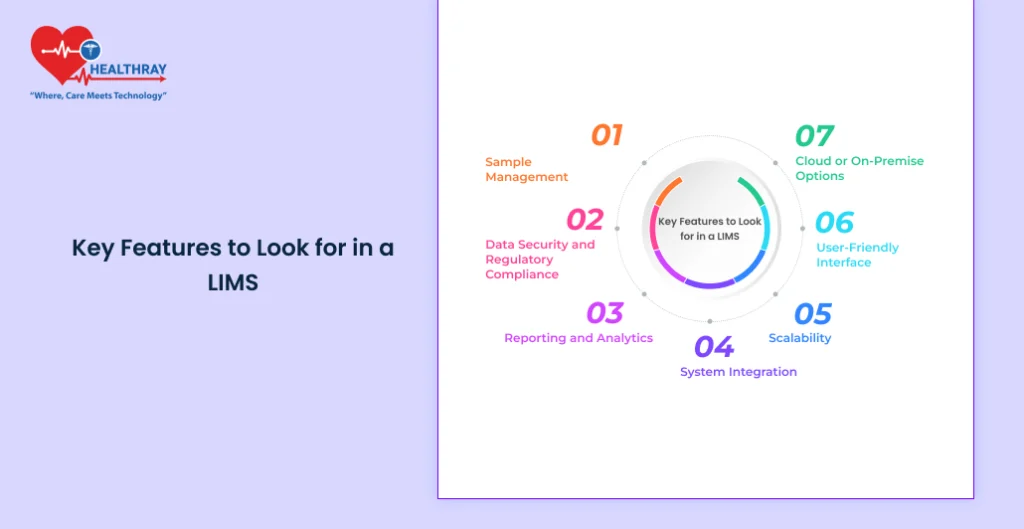
When choosing a Laboratory Information Management System, it’s essential to focus on features that address your lab’s unique needs. A well-designed LIMS Software should not only simplify processes but also enhance efficiency and compliance.
Sample Management
A robust LIMS allows for seamless tracking of samples throughout their lifecycle. From registration and storage to testing and disposal, the system should maintain a clear audit trail, ensuring no sample gets misplaced or mishandled.
Data Security and Regulatory Compliance
Compliance with regulations like HIPAA, FDA, or ISO standards is critical for labs in healthcare and pharmaceuticals. A good LIMS offers:
- Secure storage with encryption.
- Controlled access to sensitive data.
- Comprehensive audit trails for accountability.
Reporting and Analytics
Labs generate vast amounts of data daily. A strong LIMS should:
- Provide customizable reports for performance tracking.
- Offer analytics tools to identify trends and improve decision-making.
- Generate regulatory-compliant documentation automatically.
System Integration
Modern labs rely on multiple instruments and software systems. Your LIMS should integrate seamlessly with:
- Lab equipment like analyzers and mass spectrometers.
- Existing systems such as ERP or electronic health records (EHR).
Scalability
Whether you’re managing a small lab or a large enterprise, the LIMS should scale with your needs. Look for a solution that can grow in capacity and features as your lab expands.
User-Friendly Interface
An intuitive interface reduces training time for staff and minimizes errors. Key aspects include:
- Clear navigation.
- Customizable dashboards.
- Easy access to essential functions.
Cloud or On-Premise Options
Depending on your infrastructure, you may prefer a cloud-based LIMS for flexibility and remote access, or an on-premise solution for greater control over data.
Top LIMS Systems for 2024
Finding the right Laboratory Information Management System (LIMS) can be a game-changer for your lab’s operations. Below, we’ve highlighted three innovative LIMS providers that are making a significant impact in the healthcare, pharmaceutical, and corporate sectors.
Healthray Technologies
Overview: Healthray Technologies provides a cutting-edge LIMS solution designed to enhance laboratory workflows and ensure compliance with global standards. Their focus is on simplifying operations for labs of all sizes.
Key Features:
- End-to-end sample tracking with real-time monitoring.
- Advanced compliance tools tailored for healthcare and pharmaceutical industries.
- Secure cloud-based storage for seamless remote access.
Best For: Labs looking for a reliable, scalable system with a focus on healthcare-specific needs.
EMRSoftware.Ai
Overview: EMRSoftware.Ai specializes in leveraging artificial intelligence to optimize lab operations. Their innovative approach ensures better efficiency and improved decision-making capabilities for lab managers.
Key Features:
- AI-powered analytics for trend prediction and insights.
- Customizable workflows to adapt to diverse lab environments.
- Easy integration with existing lab equipment and software.
Best For: Labs seeking next-generation AI-driven solutions to stay ahead of the curve.
Bigscal Technologies
Overview: Bigscal Technologies offers a user-centric LIMS platform designed for flexibility and ease of use. Their solutions cater to a variety of lab setups, from small startups to large enterprises.
Key Features:
- Flexible modules to suit unique lab requirements.
- Real-time collaboration tools for better communication within lab teams.
- Comprehensive support and training services.
Best For: Labs of all sizes prioritizing customizable solutions and hands-on vendor support.
How to Choose the Right LIMS for Your Lab
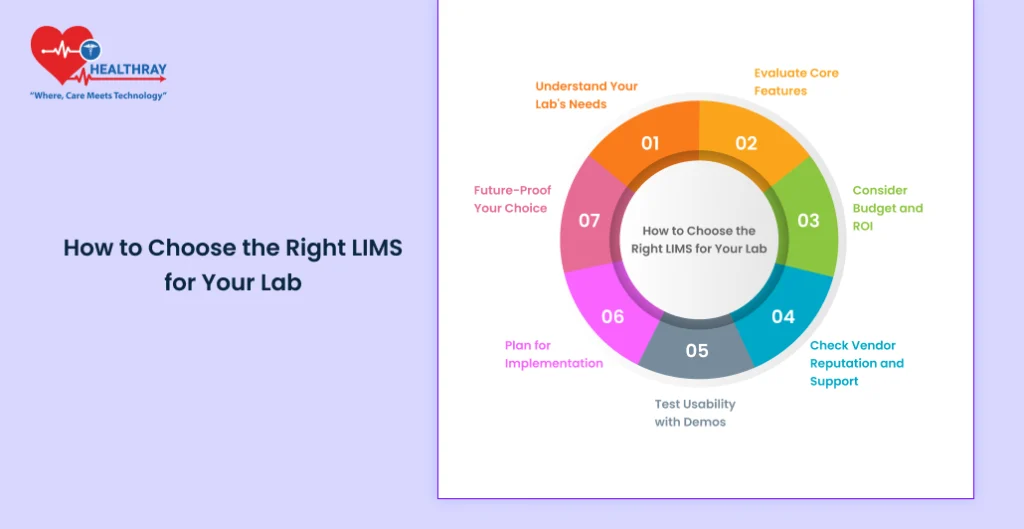
Selecting the ideal LIMS for your lab isn’t just about finding the most popular option—it’s about identifying the one that fits your unique needs. Here’s a guide to help you make an informed decision.
Understand Your Lab’s Needs
- Size and Complexity: Is your lab small, mid-sized, or a large enterprise? Your choice should align with your lab’s scale and operational demands.
- Industry Requirements: Labs in healthcare or pharmaceuticals often have stricter regulatory and compliance needs compared to research or manufacturing labs.
- Workflow Challenges: Identify pain points like sample tracking inefficiencies, compliance burdens, or manual data entry bottlenecks.
Evaluate Core Features
- Does the LIMS offer the features you need? Look for tools such as:
- Sample management.
- Real-time analytics and reporting.
- Integration with your existing systems.
- Scalable modules for future growth.
- Prioritize features that directly solve your current challenges while providing room for flexibility.
Consider Budget and ROI
- Initial Costs: Compare the upfront costs of software licenses, hardware (if applicable), and implementation.
- Ongoing Costs: Factor in maintenance fees, support contracts, and training costs.
- ROI: Assess how much time, labor, and error reduction the LIMS will save you over time.
Check Vendor Reputation and Support
- Research vendor reviews, testimonials, and case studies to evaluate their reliability.
- Ensure the vendor offers:
- Comprehensive training for your team.
- 24/7 support for troubleshooting.
- Regular software updates and compliance adherence.
Test Usability with Demos
- Request a demo to evaluate:
- User interface and navigation ease.
- Customization capabilities to match your lab’s specific needs.
- Accessibility for team members with varying tech expertise.
- Encourage your team to provide feedback after testing.
Plan for Implementation
- Ask vendors about:
- Implementation timelines and resources required.
- Potential downtime during the transition.
- Post-implementation support for staff training and troubleshooting.
Future-Proof Your Choice
- Ensure the LIMS can scale with your lab as it grows.
- Look for technologies like AI integration, cloud compatibility, and interoperability with other lab systems.
- Choose a vendor that stays updated with industry trends and regulatory changes.
Benefits of Implementing a LIMS
Adopting a Laboratory Information Management System (LIMS) can completely transform the way your lab operates. Beyond streamlining daily tasks, a LIMS enhances productivity, accuracy, and compliance, making it an indispensable tool for modern laboratories.
Improved Efficiency and Productivity
- Automates repetitive tasks like sample tracking, data entry, and report generation.
- Reduces manual errors by digitizing workflows.
- Enables lab staff to focus on critical tasks rather than administrative duties.
Enhanced Data Accuracy
- Centralized data storage minimizes discrepancies caused by data silos.
- Real-time updates ensure everyone works with the most current information.
- Built-in validation checks reduce the risk of inaccurate data entries.
Simplified Compliance and Audits
- Ensures adherence to industry regulations (e.g., HIPAA, FDA, ISO standards).
- Automatically generates audit trails and compliance-ready reports.
- Maintains a secure log of all activities, making audits faster and less stressful.
Better Decision-Making with Analytics
- Advanced reporting tools offer insights into performance metrics, sample statuses, and resource utilization.
- Data visualization features help identify trends and areas for improvement.
- AI-powered analytics (in some LIMS) support predictive insights for better planning.
Cost Savings Over Time
- Reduces the need for physical paperwork, lowering associated costs.
- Improves resource allocation by tracking inventory and preventing overstocking or shortages.
- Automation reduces overtime and labor expenses caused by inefficiencies.
Scalability and Flexibility
- Easily adapts to the growing needs of a lab, whether by adding more users or integrating new features.
- Cloud-based systems allow for remote access, supporting flexible work environments.
Collaboration and Communication
- Centralized systems ensure seamless communication between lab teams.
- Remote access enables stakeholders to monitor data and progress from anywhere.
Implementation Challenges and Tips
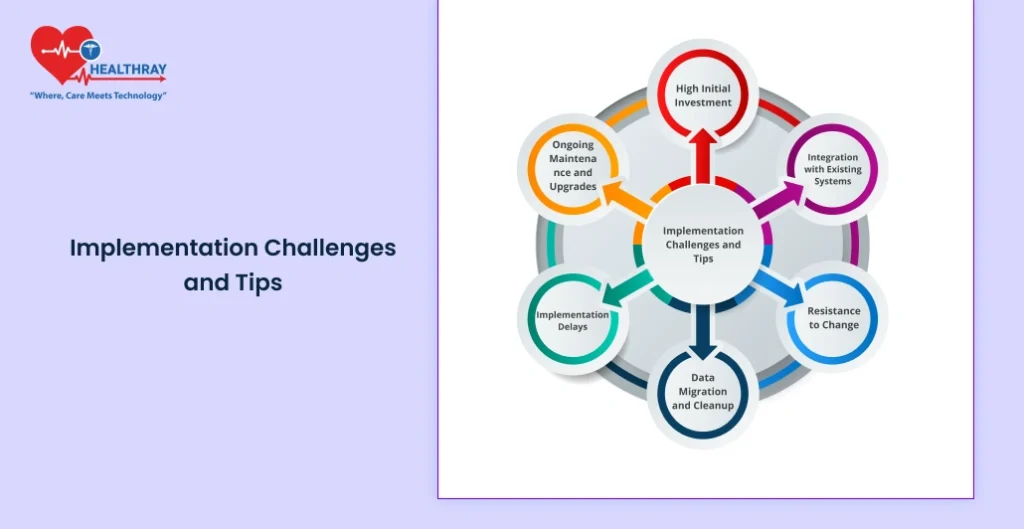
Adopting a Laboratory Information Management System (LIMS) is a transformative step, but like any major change, it comes with its challenges. Understanding these challenges and preparing to address them ensures a smoother transition and maximizes the benefits of your new system.
High Initial Investment
- Challenge: The upfront costs of software licenses, hardware (if required), and setup can seem overwhelming, especially for smaller labs.
- Solution:
- Perform a cost-benefit analysis to demonstrate long-term savings.
- Consider scalable or modular LIMS solutions to spread costs over time.
- Evaluate vendors offering flexible pricing plans or subscription-based models.
Integration with Existing Systems
- Challenge: Ensuring the LIMS integrates seamlessly with current lab equipment and software can be complex.
- Solution:
- Collaborate with the vendor to customize integration solutions.
- Prioritize LIMS that support standard protocols like HL7 or ASTM.
- Test integration in stages to address compatibility issues early.
Resistance to Change
- Challenge: Lab staff may be hesitant to adopt new technology due to fear of disruption or a steep learning curve.
- Solution:
- Involve staff in the selection process to increase buy-in.
- Provide comprehensive training sessions tailored to different user roles.
- Highlight the ways LIMS will make their tasks easier and less error-prone.
Data Migration and Cleanup
- Challenge: Migrating data from legacy systems or spreadsheets can be time-consuming and prone to errors.
- Solution:
- Perform a thorough data audit to clean up outdated or redundant records before migration.
- Use automated migration tools provided by the LIMS vendor.
- Backup all data before initiating migration to prevent loss.
Implementation Delays
- Challenge: Unexpected technical or organizational issues can slow down the implementation process.
- Solution:
- Develop a detailed implementation timeline with the vendor.
- Assign a dedicated project manager to oversee progress and resolve issues promptly.
- Break the implementation into phases, starting with critical functionalities.
Ongoing Maintenance and Upgrades
- Challenge: Keeping the system up-to-date and maintaining its performance may require additional resources.
- Solution:
- Choose a vendor with strong customer support and regular software updates.
- Budget for annual maintenance and upgrade costs.
- Train internal IT staff to handle minor updates and troubleshoot basic issues.
Real-World Success Stories
Implementing a Laboratory Information Management System (LIMS) can feel like a significant leap, but many labs have successfully navigated this journey and achieved remarkable results. These success stories demonstrate the tangible benefits of adopting the right LIMS.
Healthray Technologies Transforms Clinical Lab Operations
A mid-sized clinical lab struggling with sample mismanagement and compliance issues turned to Healthray Technologies for their LIMS solution. By implementing Healthray’s cloud-based system:
- Turnaround Times Improved: Automation reduced the time spent on manual data entry and report generation by 40%.
- Error Rates Decreased: Integrated validation checks nearly eliminated transcription errors.
- Compliance Achieved: Built-in audit trails and secure storage helped the lab meet stringent HIPAA and FDA requirements.
AI-Driven Insights Boost Lab Efficiency with EMRSoftware.Ai
A pharmaceutical lab conducting drug trials adopted EMRSoftware.Ai’s AI-powered LIMS to optimize workflows and enhance data analysis:
- Faster Results: AI-driven analytics reduced processing times for trial data by 35%.
- Improved Decision-Making: Predictive insights helped researchers identify trends earlier, accelerating key decisions.
- Enhanced Collaboration: Centralized data storage allowed teams across locations to access trial data in real-time.
Bigscal Technologies Simplifies Lab Operations for a Pathology Center
A pathology center experiencing rapid growth faced challenges in scaling its operations. Bigscal Technologies provided a flexible, user-friendly LIMS:
- Scalability: Modular features allowed the center to add new functionalities as needed.
- Cost Savings: Automated sample tracking and inventory management reduced resource wastage by 25%.
- Staff Satisfaction: The intuitive interface minimized the learning curve, helping the team adapt quickly.
Conclusion
Laboratories are the backbone of critical industries like healthcare, pharmaceuticals, and research. Managing their operations effectively is no small feat. As we’ve seen, adopting the right Laboratory Information Management System (LIMS) can streamline processes, reduce errors, and ensure compliance, making it a vital tool for modern labs.The journey to finding the perfect Hospital Management System begins with understanding your lab’s unique needs and exploring systems like those offered by Healthray Technologies, EMRSoftware.Ai, and Bigscal Technologies. These companies showcase how innovation, scalability, and support can lead to outstanding results.
